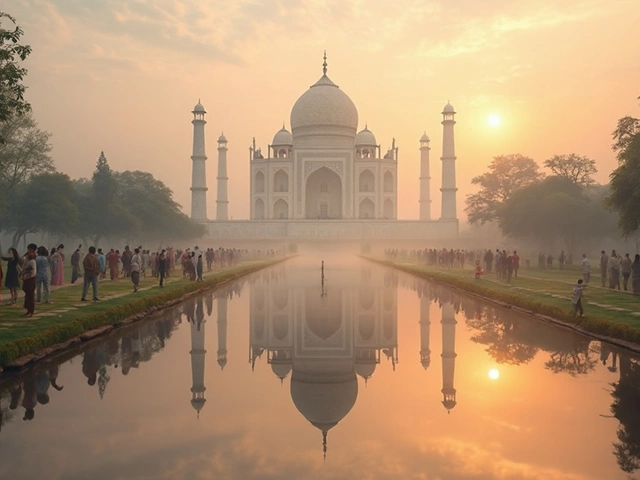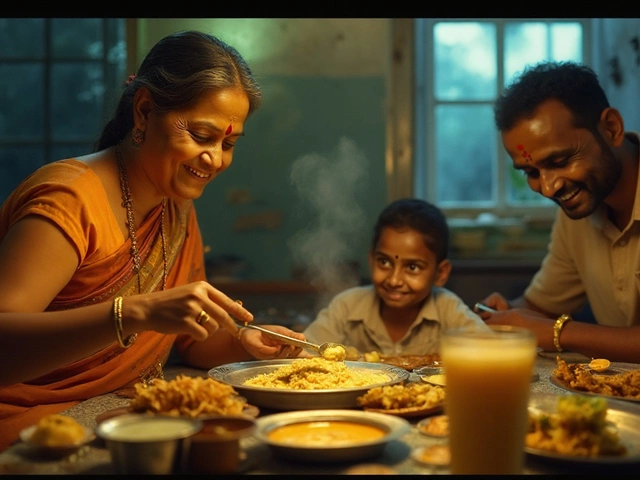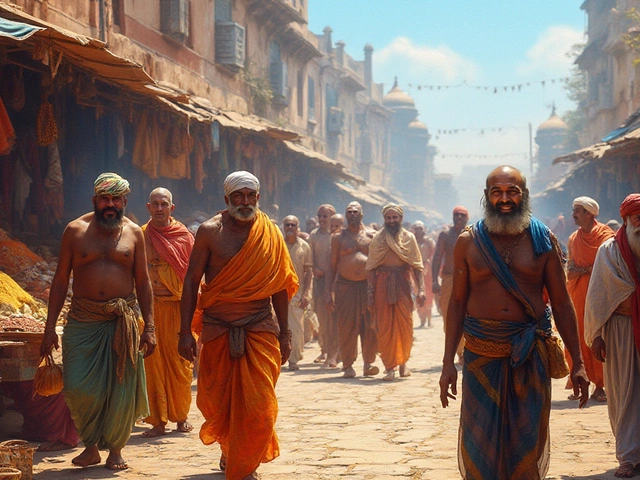Indian Textiles: Tradition, Craft, and Living Art Across India
When you think of Indian textiles, handwoven fabrics rooted in centuries-old techniques and regional identity. Also known as traditional Indian fabrics, they are not just clothing—they are cultural records, passed down through generations of weavers, dyers, and artisans. Every thread tells a story: the reds of Gujarat’s Bandhani, the gold zari of Banarasi silks, the indigo dyes of Rajasthan’s Bagru prints. These aren’t mass-produced goods. They’re made by hand, often in homes or small workshops, using tools unchanged for hundreds of years.
Indian textiles are deeply tied to handloom weaving, the process of creating fabric on manual looms, often passed from parent to child. This craft is alive in villages across Odisha, Assam, and Tamil Nadu, where weavers still use wooden looms to make intricate patolas, ikats, and Kanchipuram silks. block printing, a method of applying patterns using carved wooden blocks dipped in natural dyes. Also known as hand-block printing, it’s still practiced in Jaipur, Sanganer, and parts of Gujarat, where each print is pressed by hand, one color at a time. These techniques don’t just make fabric—they preserve identity. In many communities, the way a sari is woven or printed tells you where the wearer is from, what festival they’re celebrating, or even their caste or profession.
The textile heritage India, the collective legacy of regional weaving, dyeing, and embroidery traditions that define the country’s visual culture. Also known as Indian fabric traditions, is under pressure from fast fashion and cheap imports. But it’s not disappearing—it’s adapting. Young designers are teaming up with weavers to bring handloom cottons to city streets. Women’s cooperatives in Bihar and Telangana are reviving forgotten patterns. And travelers are learning that buying a handwoven shawl isn’t just a purchase—it’s support for a living culture. You’ll find this heritage reflected in how people dress at weddings, how festivals are celebrated with new fabrics each year, and even in how modesty is expressed through draped cloth rather than stitched garments.
What you’ll find in the posts below isn’t just a list of fabrics. It’s a look at the people behind them—the weavers, the dyers, the mothers teaching daughters how to tie a Bandhani knot—and how these textiles connect to food, religion, music, and daily rituals. You’ll learn why some fabrics are worn only during harvest season, why certain colors are banned in mourning, and how a single sari can cost more than a month’s wages. This isn’t history. It’s happening right now, in villages and cities, on looms and in markets, one thread at a time.





